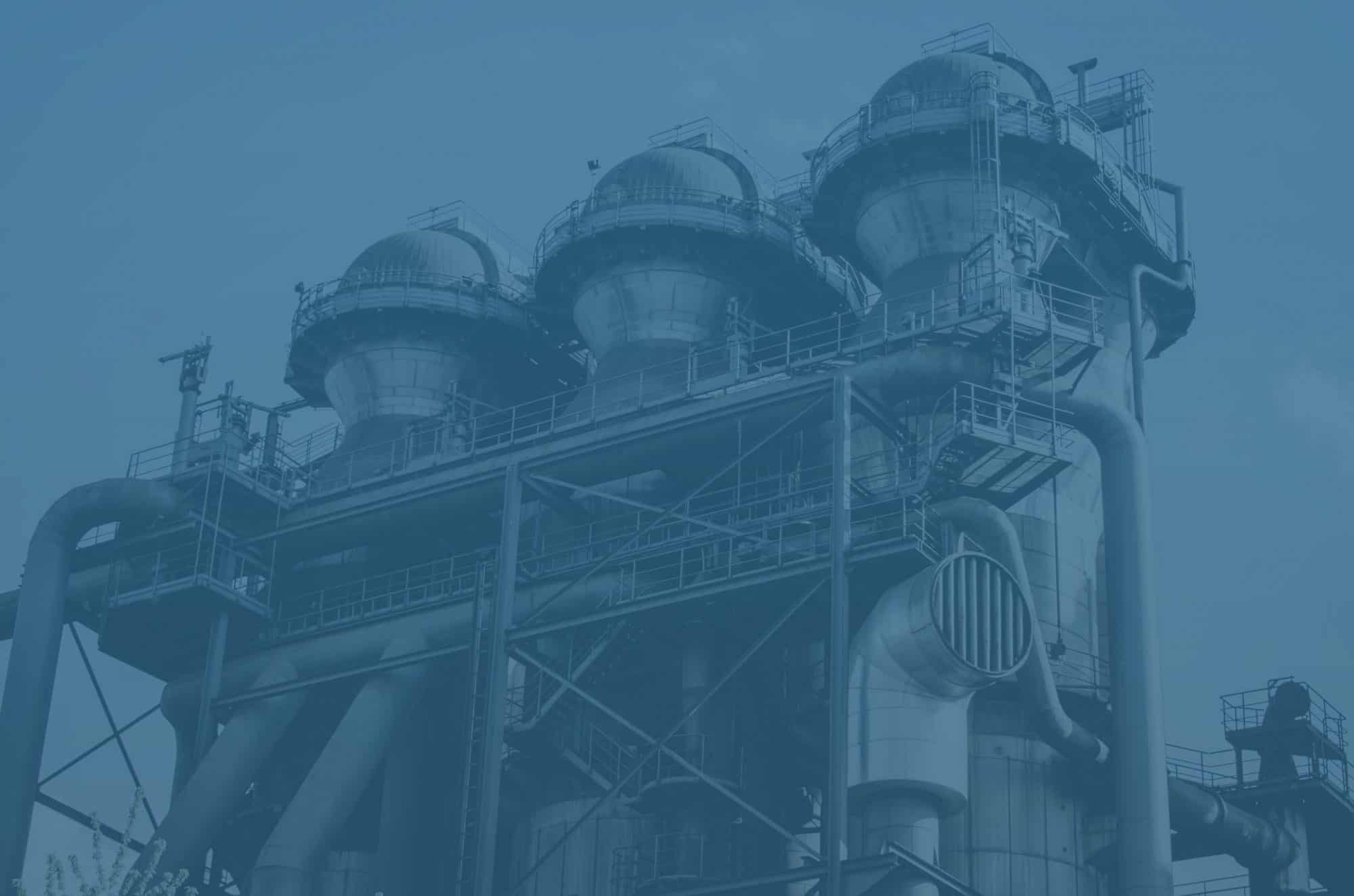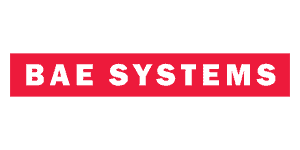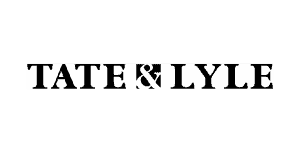The purpose of our silencers is to minimise the noise in industrial environments. Leaving things as they are here can cause a number of issues, with some being irreversible. As a result, it is necessary to take certain steps before it is too late. We help by installing intake silencer solutions and many others.
There are several types of silencers out there, including pneumatic ones. They restrict the noise of compressed air. However, there is a fair amount of confusion about the necessity. People also often struggle to understand what they do and what to look for when buying one. We want to have a closer look here.
Air and sound
Various machines use pressurised air as an extremely efficient energy transfer method. But, when they release it, we all know. The dB(A) can reach as high as 100. To compare, a jet engine is over 140dB(A). The noise isn’t linked to the size of the tube or nozzle. Instead, air velocity is critical. What this means is that changing your equipment sizes make virtually zero difference. Studies indicate that halving your nozzle area leads to a minor 3 dB(A) reduction in noise.
To word things differently, when you have compressed air, there is a lot of inevitable sound. The size of the equipment does not matter. You can use silencers to instigate a pressure drop, lowering the velocity of the air. Consequently, the decibels go down as well.
Do we need pneumatic silences in every system?
Next, we will discuss whether you need a silencer in every system. They are not essential for equipment productivity. Substandard products will actually contribute to downtime since they block airflows. So there can be cases where you don’t need them.
However, noise control is inscribed in multiple parts of UK legislation. Examples are The Environmental Noise Regulations 2010 and The Control of Noise at Work Regulations 2005. Failure to stick to codes of practice, guidelines, and regulations can lead to fines. There can also be possible hearing damage to people in the area. Examples do exist of successful court cases. These are ones brought against construction businesses that neglected to use pneumatic silencers.
For choosing the best silencer, the Health and Safety Executive provides guidance in certain areas. One of them is noise reduction. Here, you should target a reduction between 18dB(A) and 25dB(A). It can be greater though depending on the silencer.
Another area is flow rate. Your silencer should not minimise the designed flow rate. A decent product will preserve it, even if there is pollution in the system.
For construction, pneumatic silencers must also have enough strength to endure accidental impacts. This is vital as they can be used in very challenging environments with high risk.
Finally, there is maintenance. Silencers users can maintain with the lowest amount of effort are most important.
Do you need an intake silencer?
At Ventx, we have more than a decade of experience in industrial silencer design. We use our acoustic knowledge together with a deep understanding of quality manufacturing. This lets us produce stellar silencers.
We can provide you with intake silencer models and others to suit most needs. So, if you’d like to do business with us, please get in touch.









